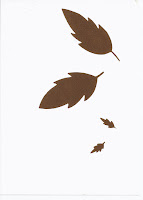The information and colour wheels are from:
http://www.tigercolor.com/color-lab/color-theory/color-theory-intro.htm
I decided to make cards aimed at students to help them learn about colour theory. The card idea was inspired by the pantone 100 postcards set which is why the text is Helvetica Neue. I was originally going to make them A6 size but after some feedback I decided it would be better to make them A5 so that they are easily legible even if they were to be stuck to a wall. They are multipurpose. I wanted to keep the information quite limited but formal so having the colour wheel as a focus on the card kept a consistency throughout the design of them and made it so they all worked in conjunction to help the student memorise the information on the card.
Feedback:















































